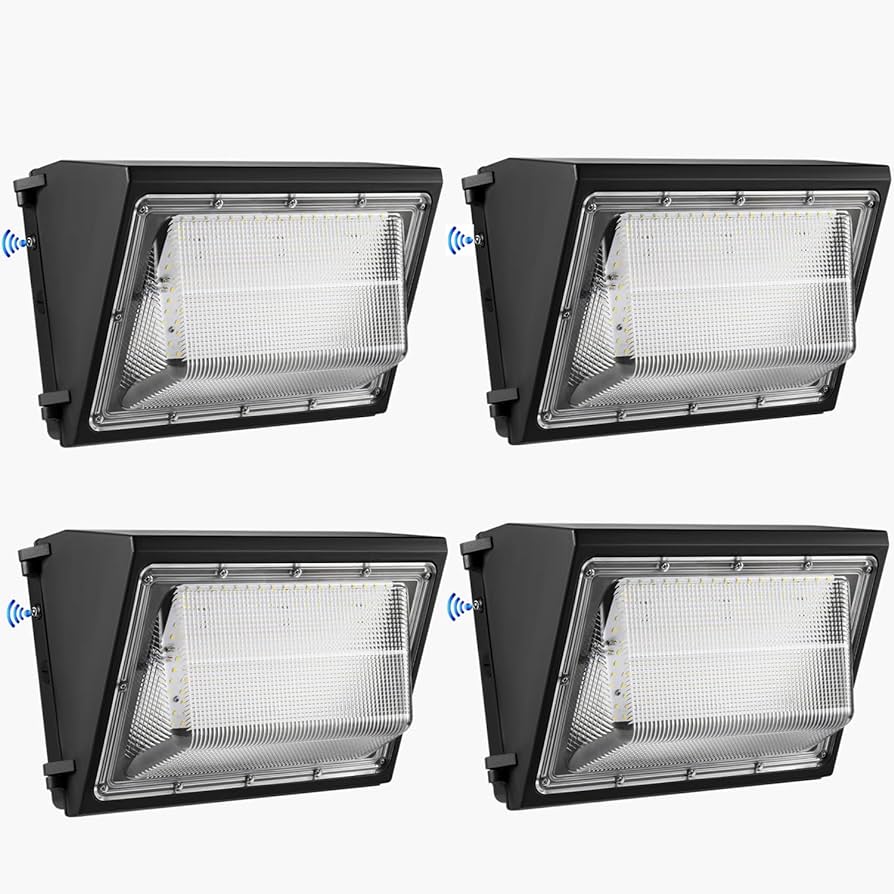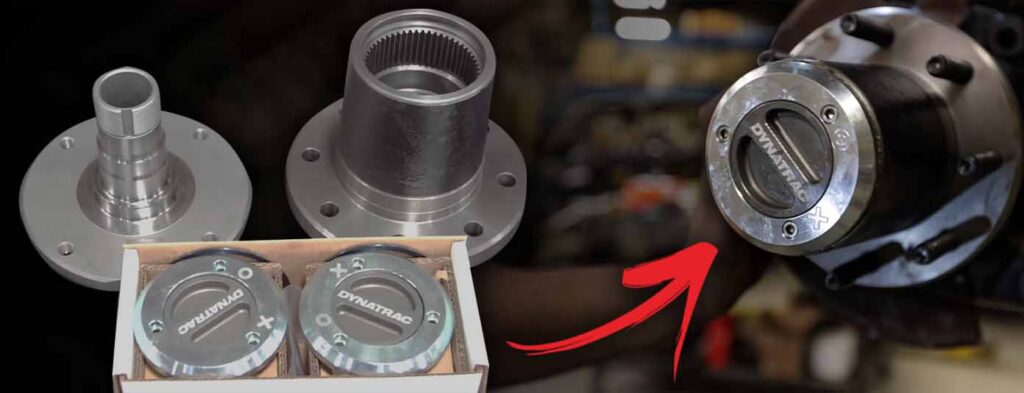Manual Vs. Automated Parking : Which is the Superior Choice?
Manual parking involves drivers operating their vehicles to find and secure parking spaces, while automated parking uses advanced technology to move and park vehicles without driver intervention. Both manual and automated parking systems have their advantages and considerations, which will be discussed further . Parking is an essential aspect of urban life, with the growing number of vehicles putting strain on available spaces. As a result, the need for efficient and convenient parking solutions has arisen. Manual parking allows drivers to have control over the parking process, while automated parking offers a time-saving and space-efficient alternative. This article will delve into the differences between manual and automated parking systems, highlighting their benefits, limitations, and potential future impacts. Understanding The Advantages And Disadvantages Of Manual Parking When it comes to parking, there are two main options: manual and automated. In this article, we will delve into the advantages and disadvantages of manual parking. While automated parking systems may seem like the way of the future, manual parking still holds its ground, providing some unique benefits. However, it is equally important to be aware of the downsides that come along with it. Let’s explore the pros and cons of manual parking. H3pros Of Manual Parking/h3 Flexibility and Independence Manual parking offers individuals the flexibility and independence to choose their own parking spots. Whether it’s a shade on sunny days or proximity to the entrance, manual parking allows drivers to make decisions based on their specific needs and preferences. Easy access to parking spots. With manual parking, easy access to parking spots is guaranteed. There’s no dependence on technology or the need to wait for an automated system to find an available parking spot. Drivers can simply look for an open space and park accordingly, saving both time and effort. No dependence on technology. In a world where technology is constantly evolving, manual parking provides a sense of security. There’s no need to worry about system malfunctions, power outages, or any other technical glitches that could disrupt the parking process. Cost-Effectiveness Manual parking is a cost-effective option for both parking lot owners and drivers. Unlike automated systems, manual parking does not require any upfront investments in infrastructure or expensive equipment. Additionally, the operational costs associated with maintenance and repairs are significantly lower. H3cons Of Manual Parking/h3 Limited Space Optimization One of the main downsides of manual parking is the inefficiency in space utilization. Without the aid of automated systems that can optimize parking spaces, manual parking often leads to wasted space and reduced capacity in parking lots. This can result in increased congestion and traffic. Higher Risk of Accidents In manual parking, there is a higher risk of accidents due to human error. Maneuvering tight spaces can be challenging, and even a small mistake can lead to damage to vehicles or surrounding infrastructure. This can result in costly repairs and insurance claims. In conclusion, manual parking offers flexibility, easy access to parking spots, independence from technology, and cost-effectiveness. However, it also comes with limitations in space optimization and increased risk of accidents. Taking these pros and cons into consideration, it is important for parking lot owners and drivers to carefully evaluate their needs and priorities before deciding which parking method is best suited for them. Exploring The Benefits And Drawbacks Of Automated Parking Automated parking systems have gained popularity in recent years due to their ability to optimize space utilization, enhance safety and security, and increase parking capacity. However, like any technology-driven solution, they come with their fair share of benefits and drawbacks. Pros Of Automated Parking Optimal Space Utilization One of the key advantages of automated parking is its efficient use of available space. Unlike traditional manual parking systems, automated parking eliminates the need for driving lanes, ramps, and stairwells. It efficiently stacks vehicles vertically or horizontally, making the most of the limited space. Increased Parking Capacity Automated parking systems can significantly increase parking capacity compared to manual systems. By utilizing vertical stacking and efficient space allocation, more vehicles can be accommodated in the same area. This is particularly beneficial in densely populated urban areas where finding parking space is a challenge. Enhanced Safety and Security One of the major drawbacks of manual parking is the potential for human error. Automated parking systems minimize this risk by eliminating the need for drivers to maneuver vehicles in tight spaces. The chances of accidents or damage to vehicles are greatly reduced. Moreover, automated systems generally incorporate controlled access and surveillance measures, enhancing safety and providing peace of mind to users. Cons Of Automated Parking High Initial Investment One of the biggest drawbacks of automated parking is its high initial investment cost. Setting up and installing an automated system requires substantial financial resources. Additionally, ongoing maintenance costs, including periodic inspections, equipment repairs, and software updates, also contribute to the overall expense. Dependence on Technology Automated parking systems heavily rely on technology for their operation. While this reliance brings numerous benefits, it also introduces vulnerabilities. Technical failures such as power outages, software glitches, or mechanical malfunctions can disrupt the entire system, leading to inconvenience for users. Additionally, the complex nature of the technology requires trained technicians for maintenance and repairs. Limited Accessibility for All Users Automated parking systems may present limitations for certain users. People with disabilities, elderly individuals, or those who are not comfortable with technology may face challenges in using these systems. The lack of human assistance can make it difficult for such users to navigate the parking process successfully. In conclusion, automated parking systems bring significant advantages in terms of optimized space utilization, increased parking capacity, and enhanced safety and security. However, they also come with drawbacks such as high initial investment costs, dependence on technology with inherent vulnerabilities, and limited accessibility for certain users. Organizations considering implementing an automated parking system must carefully weigh these pros and cons to make an informed decision that aligns with their specific needs and budget. Comparing Cost Factors And Long-term Viability When considering parking options,
Manual Vs. Automated Parking : Which is the Superior Choice? Read More »





